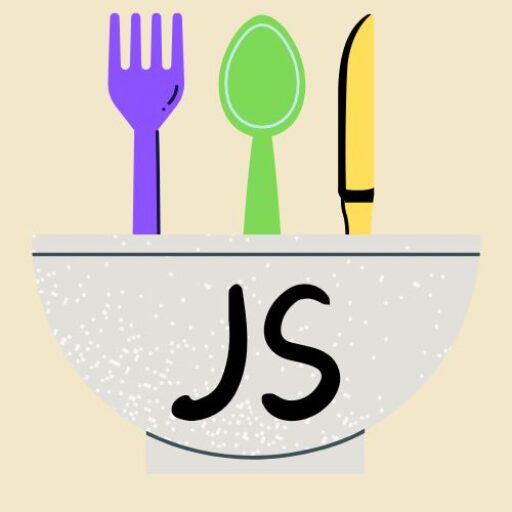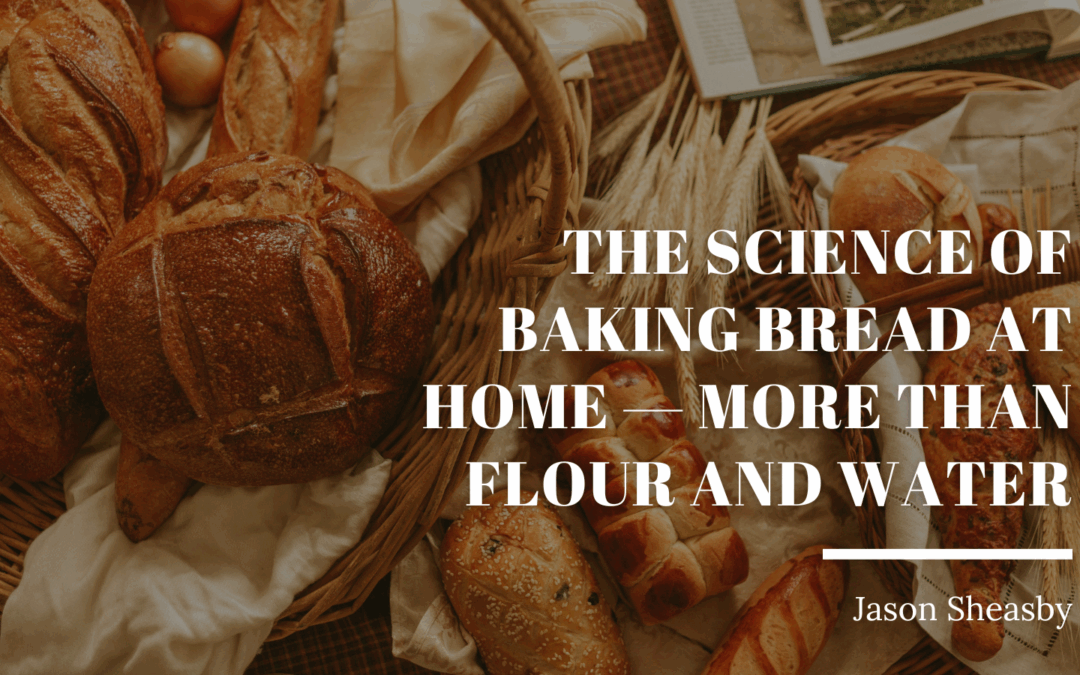Baking bread at home has surged in popularity, but many discover quickly that it’s more science than art. Unlike cooking, where improvisation often leads to happy accidents, bread baking rewards precision and patience. Yet understanding the science behind it can turn frustration into mastery—and the smell of a perfect loaf emerging from the oven is worth every experiment.
Flour: The Building Block
At its simplest, bread is flour, water, yeast, and salt. But not all flour is created equal. High-protein bread flour develops more gluten, giving loaves structure and chew. All-purpose flour produces softer bread, while rye or whole wheat add complexity and heartiness. Blending flours can help balance structure with flavor.
Yeast and Fermentation
Yeast is the invisible workforce of bread. As it consumes sugars in the flour, it releases carbon dioxide, creating the bubbles that give bread its rise. Controlling fermentation—through time, temperature, and hydration—determines everything from crumb structure to flavor. Long, slow rises (often overnight) develop richer, more complex taste compared to quick proofs.
Hydration: The Hidden Variable
One of the most misunderstood factors in bread making is hydration—the ratio of water to flour. Higher hydration doughs (think ciabatta) create open, airy crumbs with large holes. Lower hydration doughs (like sandwich bread) produce tighter, softer slices. Learning to “feel” the dough takes practice, but once mastered, it opens the door to endless experimentation.
The Role of Salt
Beyond flavor, salt regulates yeast activity and strengthens gluten. Leave it out, and you’ll end up with bland, overly puffy bread. Add too much, and fermentation slows to a crawl. Striking that balance is key.
Heat and the Final Transformation
Bread’s dramatic oven rise—often called “oven spring”—is the moment when all that fermentation pays off. Steam during the first minutes of baking helps keep the crust supple, allowing the loaf to expand fully before setting. That golden, crackling crust? It’s the Maillard reaction, caramelizing sugars and proteins into irresistible flavor.
Why Bake Bread at Home?
Beyond the science, bread baking is grounding. It connects us to tradition, demands presence, and rewards patience. Each loaf tells a story of ingredients, time, and care. Mastering it isn’t just about feeding yourself—it’s about experiencing the alchemy of turning the simplest elements into something extraordinary.

